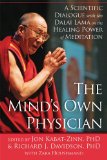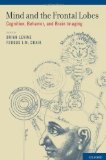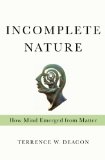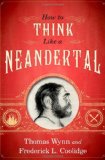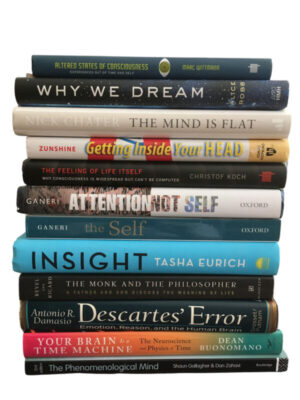new book – ‘The Mind’s Own Physician: A Scientific Dialogue with the Dalai Lama on the Healing Power of Meditation’
December 10, 2011
The Mind’s Own Physician: A Scientific Dialogue with the Dalai Lama on the Healing Power of Meditation ed. by Jon Kabat-Zinn and Richard Davidson (New Harbinger)
Product description from the publisher:
By inviting the Dalai Lama and leading researchers in medicine, psychology, and neuroscience to join in conversation, the Mind & Life Institute set the stage for a fascinating exploration of the healing potential of the human mind. The Mind’s Own Physician presents in its entirety the thirteenth Mind and Life dialogue, a discussion addressing a range of vital questions concerning the science and clinical applications of meditation: How do meditative practices influence pain and human suffering? What role does the brain play in emotional well-being and health? To what extent can our minds actually influence physical disease? Are there important synergies here for transforming health care, and for understanding our own evolutionary limitations as a species?
Edited by world-renowned researchers Jon Kabat-Zinn and Richard J. Davidson, this book presents this remarkably dynamic interchange along with intriguing research findings that shed light on the nature of the mind, its capacity to refine itself through training, and its role in physical and emotional health.
See also: Mind & Life Institute website
